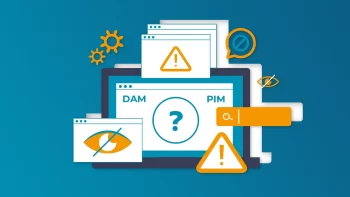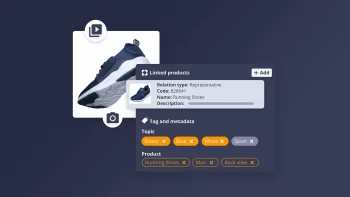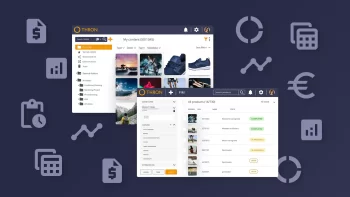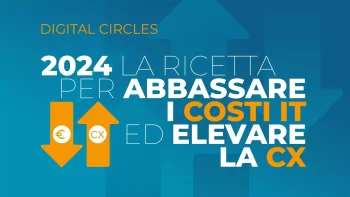Qui scriviamo e leggerai di dati e trend sul Digital Asset Management e il Product Information Management.

Acronimo di DAT, la Dynamic Asset Transformation, abbatte il lavoro manuale perché ottimizza in automatico i contenuti: ecco come!

Digitalizzando – con PIM, DAM o altri software – si possono fare vari errori, che minano il ritorno dell’investimento e la bontà della scelta.

Un ripasso sulla gestione immagini e dati prodotto, 5 funzionalità chiave per averne il controllo e il ROI in palio con una piattaforma DAM+PIM.

40 dati e parole utili sui trend più recenti sul Digital Asset Management, il Product Information Management e la Customer Experience.

La guida rapida ma completa che ti svela come fare per capire (e spiegare) se il DAM e il PIM ti servono per davvero.

Lo scorso 26 ottobre ci siamo riuniti intorno a un tavolo con partner e clienti di tanti settori (fashion, design e manifattura).

Di PIM ed eCommerce se ne parla tanto, da tempo.
Ci sono almeno tre cose, però, che i vendor spesso dimenticano di citare.

PIM Lanscape di Forrester Q2 2023: THRON è l’unica tech company italiana tra i PIM vendor globali. Scopri di più sul nostro PIM software.

Evolviamo, nel segno della continuità. Davide Chiarotto è il nostro nuovo CEO mentre Nicola Meneghello, Founder, è il nuovo Presidente.

DAM e ambiente: in che senso? Dal formato delle immagini all’accuratezza dei dati di prodotto, ecco cosa serve sapere.